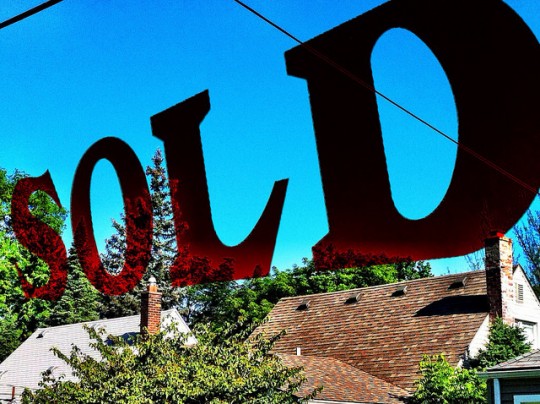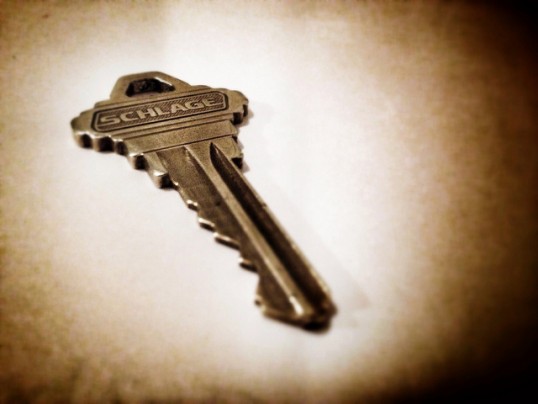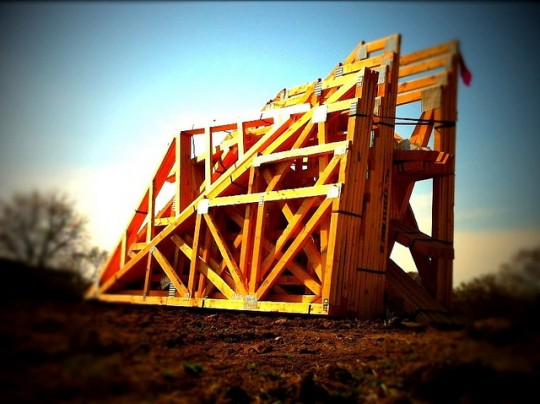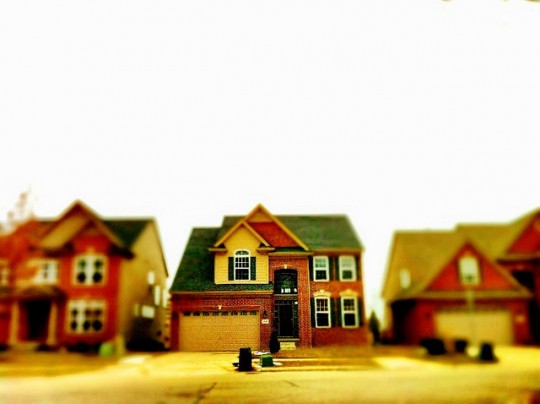According to economists and industry experts gathered at a residential real estate forum organized by the National Association of Realtors, the housing market is trending upward, though there are a combination of factors that have been holding it back in recent months. Lawrence Yun, NAR’s chief economist, said rising home prices and mortgage rates, along with low inventory and tight credit, have slowed household formation despite a large pent-up demand built up over years of below-normal home sales. The slowdown was then made worse by severe winter weather earlier this year, which dampened first quarter sales across much of the country. Despite this, analysts expect sales to improve through the end of the year and into next. Those expectations are based on demographic data and recent polls showing a majority of Americans want to own their own home. And, with nearly three million more young adults living with their parents in 2012 than in 2007, it’s only a matter of time before that demand results in higher home sales. Eric Belsky, managing director of the Joint Center for Housing Studies at Harvard University, said – because household formation numbers are at least a million households below where they should be – there could be a notable uptick later this year. More here.
Tag Archive for household formation
Millennials Hold Key To Future Housing Demand
The combination of a growing economy and pent-up demand for housing should boost household formation and home sales, according to a number of economists participating in an event for the National Association of Home Builders. Their forecast for this year and next focuses on how improving economic conditions will spur young Americans, who have been living with their parents or renting, to enter the market and begin buying homes. Maury Harris, managing director and chief U.S. economist at UBS, said people between the age of 25 and 34 will begin to feel better about their economic circumstances as unemployment comes down and credit availability eases. As this happens, Harris believes household formation will pick up and there will be fewer shared households and less doubling up. According to Harris, normal household formations have fallen short by about 2.5 million following the recent recession, in part due to graduating college students moving in with their parents or doubling up in apartments. Naturally, as economic conditions improve for these young adults, they will begin purchasing homes and forming households of their own. More here.
Pending Home Sales Rise In November
The National Association of Realtors’ Pending Home Sales Index increased slightly in November, due to gains in the South and West. The index – which measures contract signings but not closings – was up 2.3 percent in the South and 1.8 percent in the West. The regional improvement offset declines in the Midwest and Northeast. Overall, the index rose 0.2 percent from October. Lawrence Yun, NAR’s chief economist, said the market is flattening. According to Yun, job creation and household formation should lead to a fairly stable level of sales activity in 2014. And, though the final months of 2013 finished on a soft note, the year as a whole ended with the best sales total in seven years. In fact, existing-home sales are expected to total 5.1 million for 2013, which is a 10 percent improvement over 2012. Also in the report, the national median existing-home price for all of this year will be close to $197,300. That’s a 12 percent increase from 2012. More here.
Existing Home Sales Fall 4.3 Percent In November
Sales of previously owned homes fell 4.3 percent in November, according to estimates from the National Association of Realtors. The drop slowed sales to a pace 1.2 percent below last year’s rate, marking the first time in more than two years that sales were below year-ago levels. Lawrence Yun, NAR’s chief economist, said the market is being squeezed by constrained inventory. According to Yun, there is pent-up demand for owner-occupied housing and, though household formation will inevitably burst out, limited supply is slowing the sales pace. It’s also driving price increases. The national median existing-home price for all housing types was $196,300 in November, up 9.4 percent from last year. Median prices are highest in the West, where the median sales price was $284,400. The Midwest had the lowest median price at $151,100. More here.
New Home Construction Surges, Signals Stronger Economy
According to the U.S. Census Bureau and the Department of Housing and Urban Development, new residential construction spiked 22.7 percent in November and is now nearly 30 percent above last year’s level. The increase was the largest since January 1990 and brought housing starts to a seasonally adjusted annual rate of 1,091,000. Despite the improvement, new home construction remains below historical average. From 1959 through 2000, housing starts averaged 1.5 million per year. Still, with single-family housing starts up 20.8 percent month-over-month and demographics and household formation suggesting more growth, new home construction should continue to improve. The gains were better than economists expected and indicate a strengthening economy. More here.
Household Formation Slow Among Millennials
As of March 2013, only 34 percent of adults between the ages of 18 and 32 headed their own household. And that number has barely changed since last year, according to a recent report from the Pew Research Center. The lack of improvement in the rate of household formation among young adults has little to do with housing conditions, however. Record affordability and historically low mortgage rates have done little to reverse the high number of Millennials still living in their parents’ home. The reason more than a third of young adults are still living at home four years into an economic recovery is directly related to the job market. This year, 40 percent of employed young adults headed their own household, compared to 25 percent among unemployed Millennials. As the number of employed young adults rises, so to will the household formation rate and number of first-time home buyers entering the housing market. More here.






